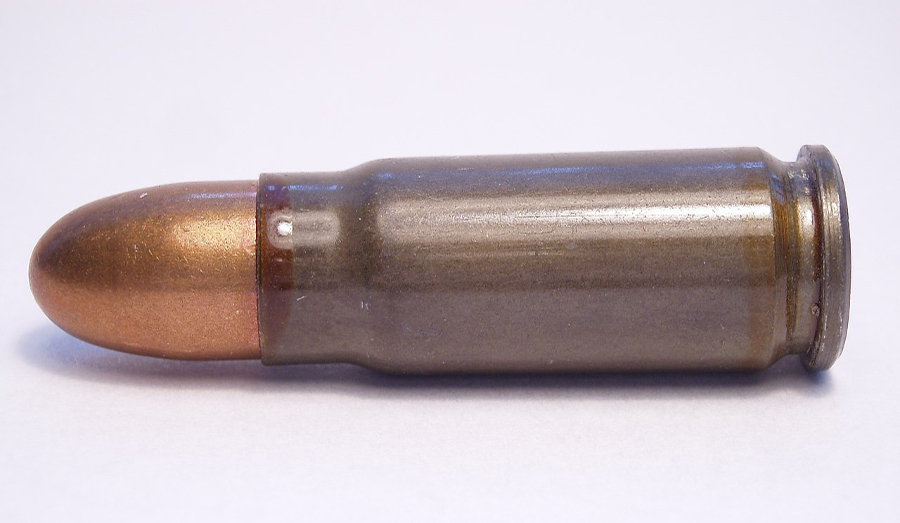The fall of the Iron Curtain brought significant amounts of Eastern Bloc firearms, ammunition, and other surplus equipment to the Western world. Much of it was seen for the first ever in the West, while some of it had once been familiar to the West before being hidden for decades. Among the latter was the 7.62x25mm Tokarev cartridge, one of the most interesting cartridges to come from the former Soviet Union.
For Western shooters used to straight-walled pistol cartridges such as 9mm Luger, .45 ACP, or .40 S&W, the 7.62×25’s bottle-necked shape was a throwback to days gone by. While bottle-necked cartridges are easier to feed than straight-walled cartridges, they have disadvantages when it comes to processing the fired brass. Whereas straight-walled cartridges can be run through carbide dies without lube, bottle-necked cases have to be lubed, resized, then cleaned. Those extra steps take time and make it more difficult for competition shooters to load large amounts of ammunition in a short amount of time. Thus bottle-necked pistol cartridges have largely fallen out of favor with most shooters.
The 7.62x25mm Tokarev cartridge was developed from the 7.63x25mm Mauser cartridge, itself a development from the 7.65x25mm Borchardt cartridge. The 7.65x25mm cartridges was the first successful rimless pistol cartridge, and the 7.63x25mm became wildly popular in the late 19th and early 20th century after the adoption of the Mauser C96 service pistol.
Soviet engineers took the dimensions of the 7.63x25mm Mauser cartridge and made the cartridge more powerful, resulting in the 7.62x25mm Tokarev cartridge. The cartridge was to become the standard pistol and submachine gun cartridge in the Soviet Union, and is perhaps best known as being the standard cartridge in which the Soviet TT-33 Tokarev pistol is chambered.
Numerous other firearms in the Soviet Union and throughout Eastern Europe were chambered in 7.62x25mm Tokarev, and the round developed a reputation for solid stopping power before eventually being replaced by the less powerful 9x18mm Makarov cartridge.
7.62x25mm Tokarev ammunition is available in a wide variety of different power levels, with some commercial loads reputed to push the standard 85-grain bullet to a velocity over 1,700 feet per second, for over 550 foot-pounds of muzzle energy. Those velocities, reaching close to the velocities of rifle cartridges such as the .30 Carbine, are probably part of the reason the 7.62x25mm Tokarev has such a fearsome reputation.
Anecdotal stories from the 1930s exist of criminals being shot in the extremities with the 7.62x25mm cartridge and being incapacitated from a single shot due to the extreme shock from the high velocity bullet. And because of its small diameter and high velocity, the 7.62x25mm Tokarev is able to penetrate Level IIA soft ballistic vests, something that most popular straight-walled pistol cartridges can’t do.
Most cheap surplus 7.62x25mm ammunition has already dried up, but commercially produced ammunition remains available. Surplus ammunition can be found for about 23-25 cents a round, while commercial ammunition generally runs 30-32 cents per round. For those who handload, brass is readily available from Starline, and pistol bullets in the 85- to 90-grain weights are available in diameters from .308” to .312”, depending on the particular diameter of the barrel you’re loading for.
While 7.62x25mm Tokarev may not be as popular as it was 15 years ago, the continued availability of surplus Tokarev pistols means that ammunition will remain available for the foreseeable future. If you’re looking for reliable pistols that will go bang every time and effective pistol cartridges that can double for both self-defense and small game hunting, you can’t go wrong with the 7.62x25mm Tokarev.
This article was originally posted on Red Tea News.





